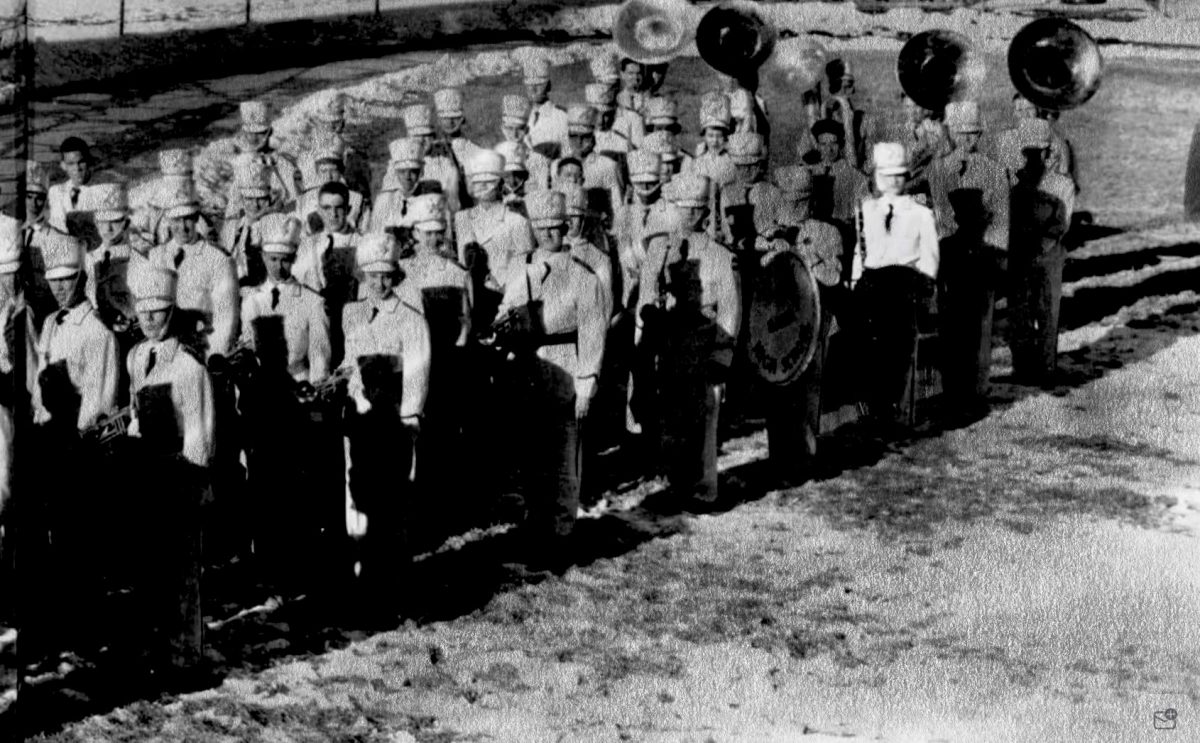F-22 Raptor Makes Combat Debut
December 2, 2014
Following World War II, the United States of America emerged as the world’s leading nation in terms of military development, innovation and technological evolution, knowing full and well that in order to preserve peace, the armed forces must always be ready for war. Throughout the Cold War, and continuing to this day, the technology of war has continued to evolve, with the U.S. evolving right along with it.
An example of this innovation is the Lockheed Martin F-22 Raptor. The Raptor, which holds the distinction of the most expensive fighter aircraft ever produced, entered into combat over Syria and Iraq as part of the wave of airstrikes designed to neutralize Islamic State supply lines and control centers. At last, the silver bullet of the U.S. military is put to the test and on display for the world to see.
The F-22 began in 1981 as the Advanced Tactical Fighter program started by the Air Force to find a replacement for the F-15C air superiority fighter and the F-16 Fighting Falcon. The project was codenamed Senior Sky and was to yield an aircraft of unmatched performance to take on the next generation of Soviet technology. It was also planned to feature revolutionary technologies that would put the United States years ahead of any future adversaries.
After nearly a decade of fighting through bureaucratic red tape, the program reached its peak in 1991. Ultimately, the YF-22 was chosen over the competing YF-23 due to its better affordability and adaptability. At the time, the Air Force planned to purchase 650 of the planes however when production was terminated in 2011, only 187 of them had been purchased and delivered, with total program costs coming to a little over 60 billion dollars.
Since its inception, the F-22 has been criticized by many for its hefty price tag and program expenditures. However, those who criticize do not fully understand the technological significance that the F-22 carries with it.
The F-22 is classified as a Fifth Generation fighter. The hallmark of this advancement that traces its way back to the Wright Brothers, is stealth. Stealth is defined as the ability of an aircraft to conceal its location from hostile radars, infrared scanners and other means of detection. Utilizing geometric principles in its shape, internal weapons bays and advanced avionics and the 20 ton F-22’s radar signature is slightly larger than a marble. This means that the F-22 can see the enemy tens of miles before the enemy sees it, striking without warning and then disappearing.
No other country can field such an impressive aircraft, and even as Russia and China test their own Fifth Generation designs, the F-22 is receiving software upgrades that will allow it to be the premier air superiority fighter into the next several decades. One aspect of the Raptor that has been hotly debated is its suitability for attacking ground targets. This skepticism is fair due to the Raptors weapons and innovations being geared towards air to air combat. However, on September 23, the F-22 helped quiet some of these aspersions by successfully attacking an Islamic State command and control bunker with laser guided bombs.
Finally, the F-22 is getting a chance to silence its critics. Based on its debut, it is well on its way to doing that. Perhaps it may also be an unintended show of force to others such as Russia and Iran, as neither country can hope to can compete with U.S. air dominance. An example involving the Iranians occurred several years ago when an Iranian F-4 Phantom II attempted to intercept a U.S. drone running a surveillance mission in international air space. An F-22 was scrambled to interdict the Iranian, and rather than simply flying up and telling the pilot to leave, the Raptor used its stealth to fly under the Iranian without his knowledge, then suddenly appearing to his side, switching to his radio frequency and telling him “ you really ought to go home.” Indeed, the F-22 is a powerful tool, and it is an ideal time for it to be utilized in demonstrating the strength of the American military machine.




















